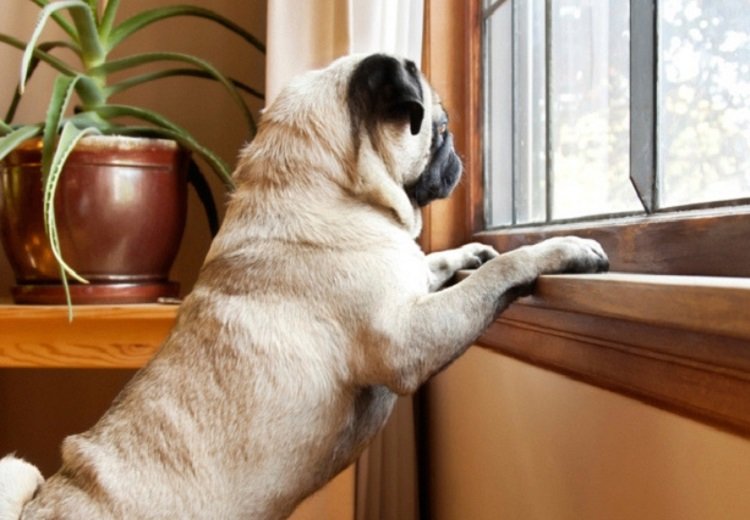Separation/Anxiety


Aggression

Barking

Chewing

Separation/Anxiety
A standout amongst the most widely recognized objections of pet guardians is that their dogs are problematic or dangerous when taken off alone. Their dogs may urinate, crap, bark, cry, bite, burrow or attempt to get away. Although these problems often indicate that a dog needs to be taught polite house manners, they can also be symptoms of distress. When a dog’s problems are accompanied by other distress behaviors, such as drooling and showing anxiety when his pet guardians plan to go out, they aren’t prove that the dog isn’t house prepared or doesn’t realize which toys are his to bite. Rather, they are signs that the dog has Separation Anxiety. Separation Anxiety is activated when dogs turned out to be vexed in view of partition from their guardians, the people they’re attached to. Escape attempts by dogs with Separation Anxiety are frequently outrageous and can result in self-damage and household destruction, particularly around exit points like windows and doors.
A few dogs experiencing separation anxiety become nervous when their guardian plan to leave. Others seem anxious or depressed prior to their guardians’ departure or when their guardians aren’t present. Some try to keep their guardian from leaving. Typically, directly after a guardian leaves a dog with separation anxiety, the dog will begin barking and displaying other distress behaviors within a short time after being left alone—often within minutes. At the point when the guardian returns home, the dog goes about just as it’s been a long time since he’s seen his mother or father!
While treating a dog with separation anxiety, the objective is to determine the dog’s nervousness by teaching him to enjoy, or at least tolerate, being left alone. This is accomplished by setting things up so that the dog experiences the situation that provokes his anxiety, namely being alone, without experiencing fear or anxiety.
Solution
To combat this reaction, acclimate your dog to your comings and goings by starting small and making the experience a positive one. Without making a big fuss over it, decide to leave the house. Put your dog in his crate or a confinement room with a favorite chew toy, turn the radio on to a classical or soft rock station (something soothing) and, without saying another word, pick up your coat, bag, and car keys and leave the house. Walk around the house quietly, listening to or spying on your dog without him knowing. Give him a couple of minutes, depending on whether he gets upset when you leave or not. If he does get upset, allow him some time to settle down. (A really appealing chew toy given on your way out should be enough; if it’s not, find something more appealing.) If he doesn’t get upset but settles right in with the chew toy, give a silent cheer.
When he’s quiet and you’ve been out more than five minutes, come back in as if nothing has happened, put your things down, and quietly and calmly greet your dog. Do not run to him and smother him with kisses. Put on his leash and bring him outside, just as you would if you were returning from a longer trip. Let him learn that you come home and take care of his needs. Do this a few times a day in the first days and weeks, increasing the amount of time you are gone from the house. Stack the odds in your favor by making sure your dog has something worth playing with, that the radio is loud enough but not too loud, that sufficient light and heat is available, and that you have made sure he’s comfortable and safe. If you’re confining him to a single room, be careful about leaving anything around that could make an engaging but unacceptable chew “toy.”
If you feel that you’ve tried your best and the situation is not much better, consult a professional before you become completely exasperated. Consider working with a dog trainer and your veterinarian. Your dog may need a medication that could help with his nerves while training him to handle things better.
